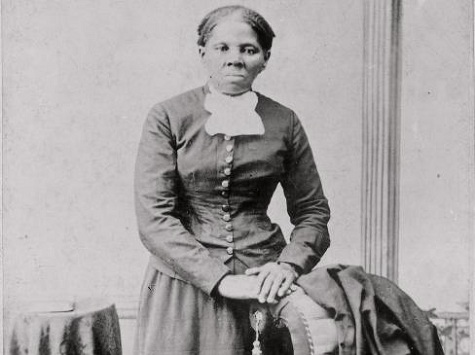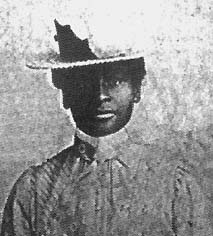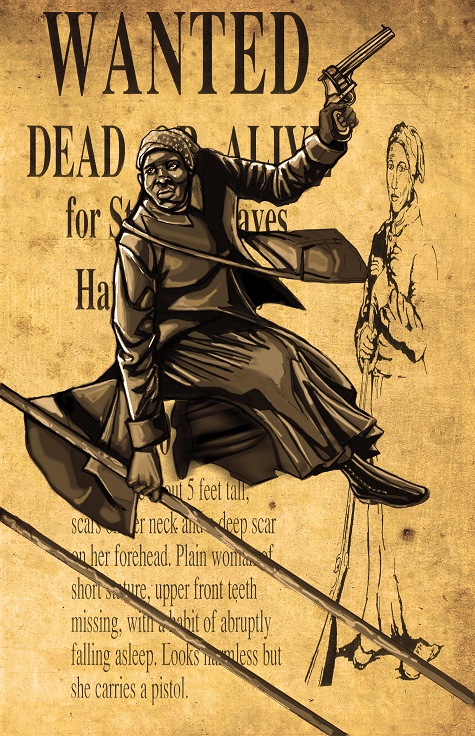Espionage—the act or practice of spying or of using spies to obtain secret information—has been with us probably since one of our first villagers looked over the hill to see what the other village was up to.
Espionage is one of the world’s oldest professions because as long as there is one person who has an advantage over another, be it military, agricultural, industrial, or even sexual, undoubtedly, someone will be skulking about trying to get their hands on someone else’s information or technology.
The most valuable thing in the world is not gold or diamonds, it is information.
Information of every kind has its own value depending on who wants it and why. Industrial espionage can alter the wealth of a nation and thus its capacity to compete commercially and wage war. A single act of industrial espionage elevated the United States to international economic eminence in less than 50 years. All it takes is one person to alter history, if they are in the right place, at the right time, with the right kind of information.
Having people in the right place at the right time was vital to both the Union and the Confederate armies during the American Civil War. Units of spies and scouts reported directly to the commanders of armies in the field. They provided details on troop movements and strengths.
The most useful military intelligence of the American Civil War, however, was provided to Union officers by “Black Dispatches” – a common term used among Union military men for intelligence on Confederate forces provided by black people. Let’s look at a few Black Dispatches and their invaluable contributions and acts of derring-do.
For a more in-depth look, check out Black Dispatches: The Original Spooks Who Sat by the Door in the Age of Steam. However, since the title of this article is “Black Dispatches: Real-Life Superheroes in the Age of Steam(funk),” it demands an explanation of just what steamfunk is.
There are actually two definitions that we work with: steamfunk is narrowly defined as “a person, style of dress or subgenre of fiction that seeks to bring together elements of blaxploitation films and merge it with that of steampunk fiction.” A broader definition is “a philosophy or style of writing that combines the African and/or African-American culture and approach to life with that of the steampunk philosophy and/or steampunk fiction.”
Like steampunk, one of steamfunk’s most defining aspects as a movement—and a revolutionary one, at that—is its rejection of conspicuous consumption and the countering of such consumption through a do-it-yourself attitude and the encouragement of discovery and invention.
The ways in which steamfunk is defined by what it does, or does not, consume rather than what it does, or does not, create is meaningful, proactive and subversive in a consumer driven culture.
Steamfunk—to many of those who are part of the movement—is a reconciliation of the African and African-American past and present, utopian and dystopian, art and science, self and society.
True to steamfunk form, the Black Dispatches called on their do-it-yourself attitudes and took matters into their own hands and helped win a war. Let’s examine a few of their actions further:
General Moses

More famous for her heroic activities with the Underground Railroad, Harriet Tubman was also involved in intelligence collection for the Union. Her intelligence activities are well documented in many books and served as part of the inspiration for my own steamfunk novels, Moses: The Chronicles of Harriet (Book 1: Kings / Book 2: Judges).
Tubman, often referred to by her contemporaries as “Moses” and as “General Tubman,” is best known for the numerous trips she made into the South to free relatives, friends and many more and to bring them to safety.
With the advent of the fighting, it fell to Tubman to organize and lead short-term spying expeditions behind enemy lines to gather intelligence.
Tubman selected a few former slaves knowledgeable about the areas to be visited and then she established her spy organization. Often disguised as a field hand or poor farm wife, Tubman led several spy missions herself, while directing others from Union lines.
The tactical intelligence Tubman provided to Union forces during the war was frequent, abundant, and used effectively in military operations. Tubman conducted spy missions into the area, identified enemy supply areas, and reported weaknesses in Confederate troop deployments.
In late May, Gen. David Hunter, commander of all Union forces in the area, asked Tubman to personally guide a raiding party up the river. On the evening of June 2nd, Tubman led Montgomery and 150 of his men up the river past Confederate picket lines. In a swift raid, taking the Confederates by surprise, the Union forces destroyed several million dollars worth of Confederate supplies and brought back more than 800 slaves and thousands of dollars in enemy property. When Tubman died in 1913, she was honored with a full military funeral as a mark of respect for her activities during the war.
The Ingenious Dabneys
A runaway slave named Dabney crossed into Union lines with his wife and found employment in General Hooker’s headquarters camp. It became apparent that Dabney knew the geography of the area very well and, though he had little education, was clever. He quickly developed an interest in the Union flag-signal system, and he studied it intensely.
After several weeks, Dabney’s wife asked permission to return to Confederate lines as a personal servant to a Southern woman returning to her home. A few days after his wife’s departure, Dabney began reporting Confederate movements to members of Hooker’s staff. His reports soon proved accurate, and he was questioned as to the source of his intelligence.
Dabney explained that he and his wife had worked out a signaling system based on the laundry that she hung out to dry at her mistress’ house, which was observable from Hooker’s headquarters. As the wife observed Confederate troop movements, she would hang the laundry in a particular sequence to signal Dabney of the activity. For example, a white shirt represented Gen. A. P. Hill, a pair of pants hung upside down represented the direction west, and so forth. This system produced useful intelligence on Confederate movements.

Mary Elizabeth Bowser
Educated in the North and possessing a photographic memory, Mary Bowser became a valued member of a Union spy ring known as “the Richmond underground,” directed by Elizabeth Van Lew, her former owner. Van Lew obtained a position for Bowser as a servant in the Confederate “White House” through the recommendation of a friend who provided supplies to that household.
Bowser pretended to be uneducated but hardworking and, after working part-time at several functions, was hired as a regular employee. Her access provided her with opportunities to overhear valuable information. As a black woman—and a servant at that—Bowser was ignored by the Confederate President’s guests. Her reports focused on conversations she overheard between Confederate officials at the President’s residence and on documents she was able to read while working around the house. She and Van Lew would meet at isolated locations on the outskirts of Richmond to exchange information. Bowser’s eidetic memory enabled her to accurately report every word of the documents she saw at the “White House.” In recognition of her intelligence contributions, Bowser was inducted into the U.S. Army Intelligence Hall of Fame at Fort Huachuca, Arizona, on June 30, 1995.
Fear, anxiety and simplistic thinking hinder the development of complex and nuanced ideas necessary for moving forward and resolving contemporary difficulties. Steamfunk meets our need for a more comprehensive, holistic way of forming culture. Where other movements are rigid, steamfunk is fluid.
It is the fluidity, courage and deep thought of the steamfunk that allowed the Black Dispatches to be so successful in fulfilling their missions and bringing the African-American closer to freedom.
Balogun is author of the bestselling Afrikan Martial Arts: Discovering the Warrior Within (non-fiction), the steamfunk novel, Moses: The Chronicles of Harriet Tubman and the Sword and Soul novel, Once Upon A Time in Afrika. He is writer and director of the martial arts saga, A Single Link and the steamfunk film, Rite of Passage: Initiation. He can be reached at chroniclesofharriet.com, where he discusses steampunk, Sword & Soul, and the craft of writing.










